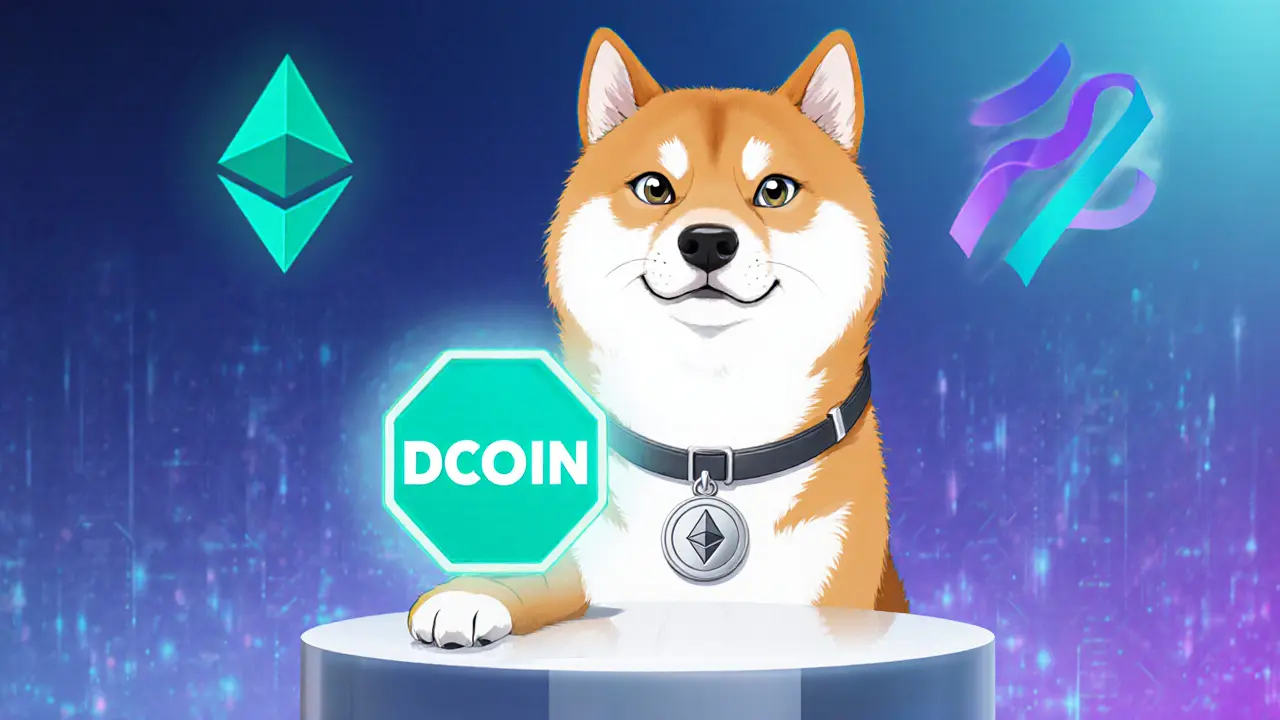Solana: Fast‑Growing Blockchain and Ecosystem
When working with Solana, a high‑performance, proof‑of‑history blockchain designed for low‑cost, fast transactions. Also known as SOL, it powers everything from decentralized finance to non‑fungible tokens, and it’s the engine behind a rapidly expanding developer community.
Solana’s core tech stack includes the Proof‑of‑History (PoH) consensus, which timestamps each transaction to enable massive parallel processing. Because of PoH, the network can handle thousands of transactions per second while keeping fees under a cent. This speed makes Solana DeFi platforms like Serum and Raydium viable for high‑frequency trading, liquidity mining, and yield farming without the cost barrier seen on older chains. At the same time, the same low‑fee environment fuels a booming Solana NFT scene, where artists can mint and sell digital artwork without worrying about pricey gas fees. The result is a feedback loop: more users attract more developers, which spurs more tools, and the ecosystem keeps expanding.
Key Areas to Explore
Beyond the tech, Solana’s token (SOL) serves three main purposes: staking for network security, paying transaction fees, and acting as a utility asset in many dApps. Stakers earn rewards proportional to the amount they lock up, which incentivizes participation and helps keep the network resilient. Meanwhile, developers leverage Solana’s Rust‑based programming model to build smart contracts that can execute complex logic in seconds. Whether you’re curious about how a Solana‑based exchange processes orders, how an NFT marketplace showcases artwork, or how a new DeFi protocol calculates yields, the articles below break each piece down into easy‑to‑follow steps. You’ll also find real‑world examples, risk warnings, and actionable tips that let you move from theory to practice.
Below you’ll discover a curated collection of guides, news pieces, and deep‑dives that illuminate every corner of the Solana universe—from token fundamentals and PoH mechanics to the hottest DeFi projects and NFT drops. Dive in to stay ahead of the curve and make the most of this ultra‑fast blockchain.
- August 24, 2025
- Comments 19
- Cryptocurrency

